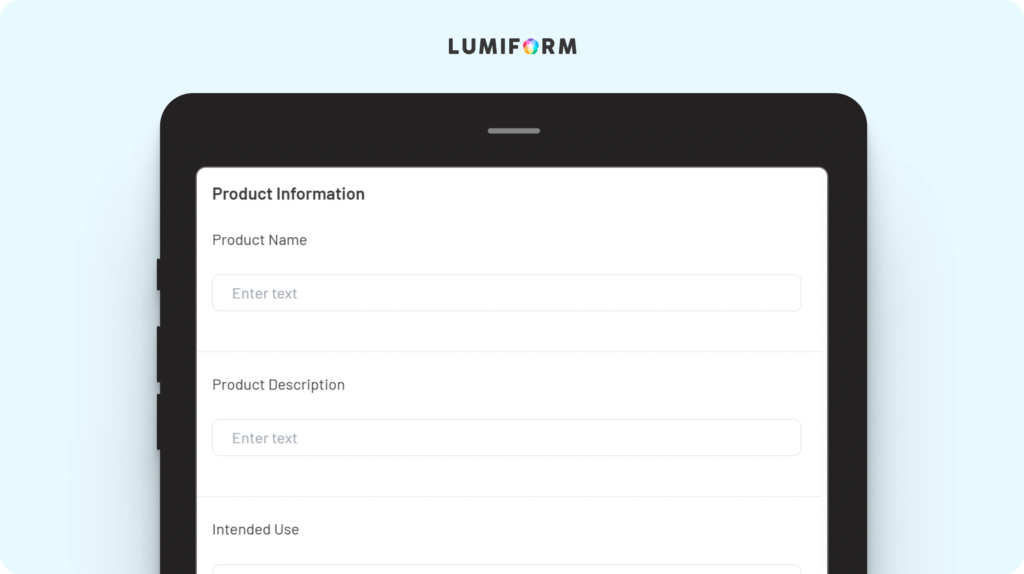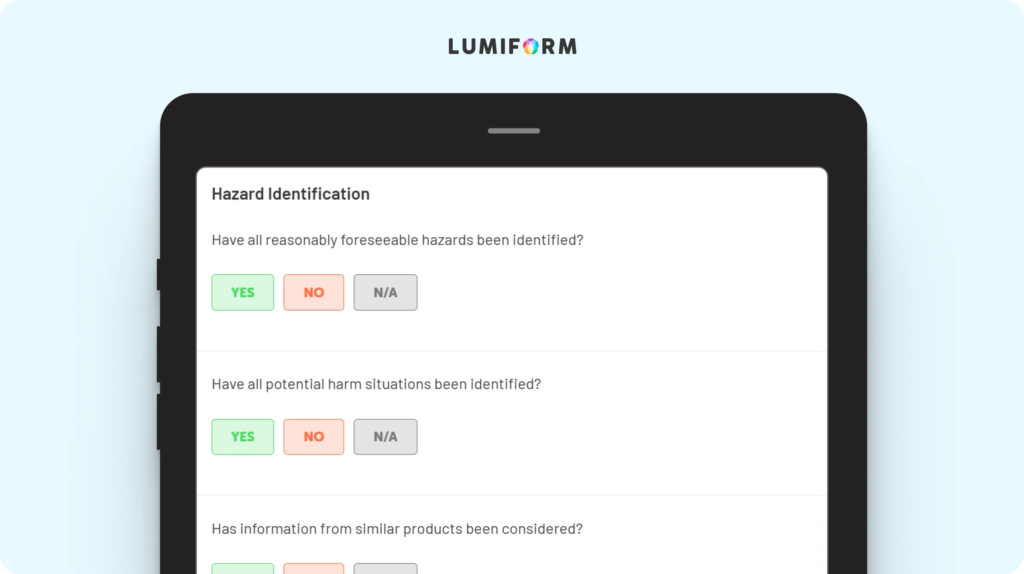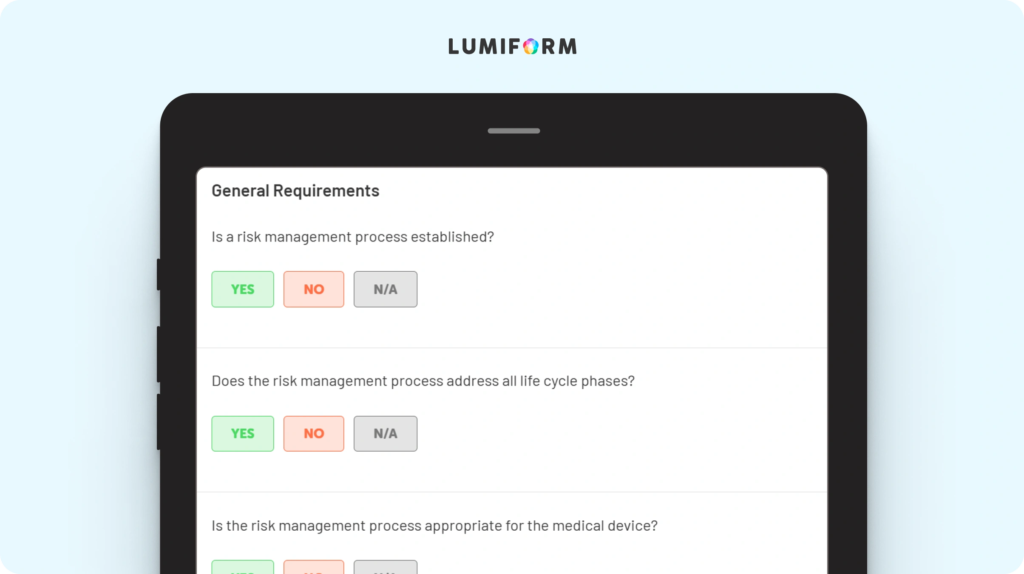Conducting a risk assessment in compliance with ISO 14971 is a critical step for professionals in the medical device industry. Whether you’re managing product development or ensuring regulatory compliance, having a structured approach to identifying, evaluating, and mitigating risks is essential. An ISO 14971 risk assessment template simplifies this process, helping you align with international standards and ensure patient safety while maintaining operational efficiency.
Risk management isn’t just about having it in place, it’s also a cornerstone of delivering safe and effective medical devices. Without a clear framework, you risk overlooking hazards, delaying approvals, or facing costly recalls.
A well-designed template ensures consistency in your documentation, streamlines your workflow, and reduces the likelihood of errors. With thorough and standardized risk assessments, you can also confidently address regulatory requirements and focus on innovation without compromising quality or safety.
ISO 14971 risk assessment templates
Explore our collection of ISO 14971 risk assessment templates designed to streamline your medical device risk management process:
ISO 14971 risk assessment template
This template is designed to guide you through the process of identifying, evaluating, and controlling risks associated with medical devices, ensuring compliance with ISO 14971. It features customizable fields for documenting potential hazards, risk control measures, and residual risk evaluations, making it easy to adapt to your specific device or project. By tailoring the template to your workflow, you can also ensure consistent documentation and a thorough assessment process, helping you stay aligned with regulatory standards and safeguard patient safety.ISO 14971:2019 checklist
The ISO 14971:2019 checklist helps you systematically verify compliance with the latest version of the standard. With clear sections for risk management planning, implementation, and review, this template ensures no critical step is overlooked. You can customize it to focus on specific stages of your risk management process or adapt it to align with internal audit requirements. By using this checklist, you streamline compliance efforts while you maintain a comprehensive overview of your risk management activities.ISO 14971 gap analysis checklist
This template is an essential resource for identifying gaps between your current risk management practices and ISO 14971 requirements. It includes a detailed breakdown of the standard’s key elements, allowing you to pinpoint areas that need improvement. Customize the template to prioritize specific compliance goals or to focus on high-risk areas in your processes. By addressing these gaps, you can strengthen your risk management framework and ensure your medical devices meet regulatory expectations with confidence.
How to create an ISO 14971 risk assessment template in Lumiform
Creating an ISO 14971 risk assessment template in Lumiform is straightforward and ensures your team can perform thorough and consistent risk evaluations. Start by using the drag-and-drop form builder to design a template tailored to your medical device risk management needs.
You can also include fields for hazard identification, risk estimation, control measures, and residual risk evaluation. Add response types such as multiple-choice or text fields to make data collection clear and intuitive for your team.
To make the template as easy to use as possible, incorporate logic-based actions that guide users through the assessment process step by step. For example, if a risk level is marked as high, the template can prompt users to document additional mitigation measures.
Once created, assign the template to specific team members and use role-based permissions to streamline collaboration. By enabling features like photo uploads, you can also ensure your team can provide visual evidence of identified risks or implemented controls.
With Lumiform, you can ensure your ISO 14971 risk assessment template is both easy to use and highly effective, helping you meet compliance standards while improving the safety and quality of your medical devices.



